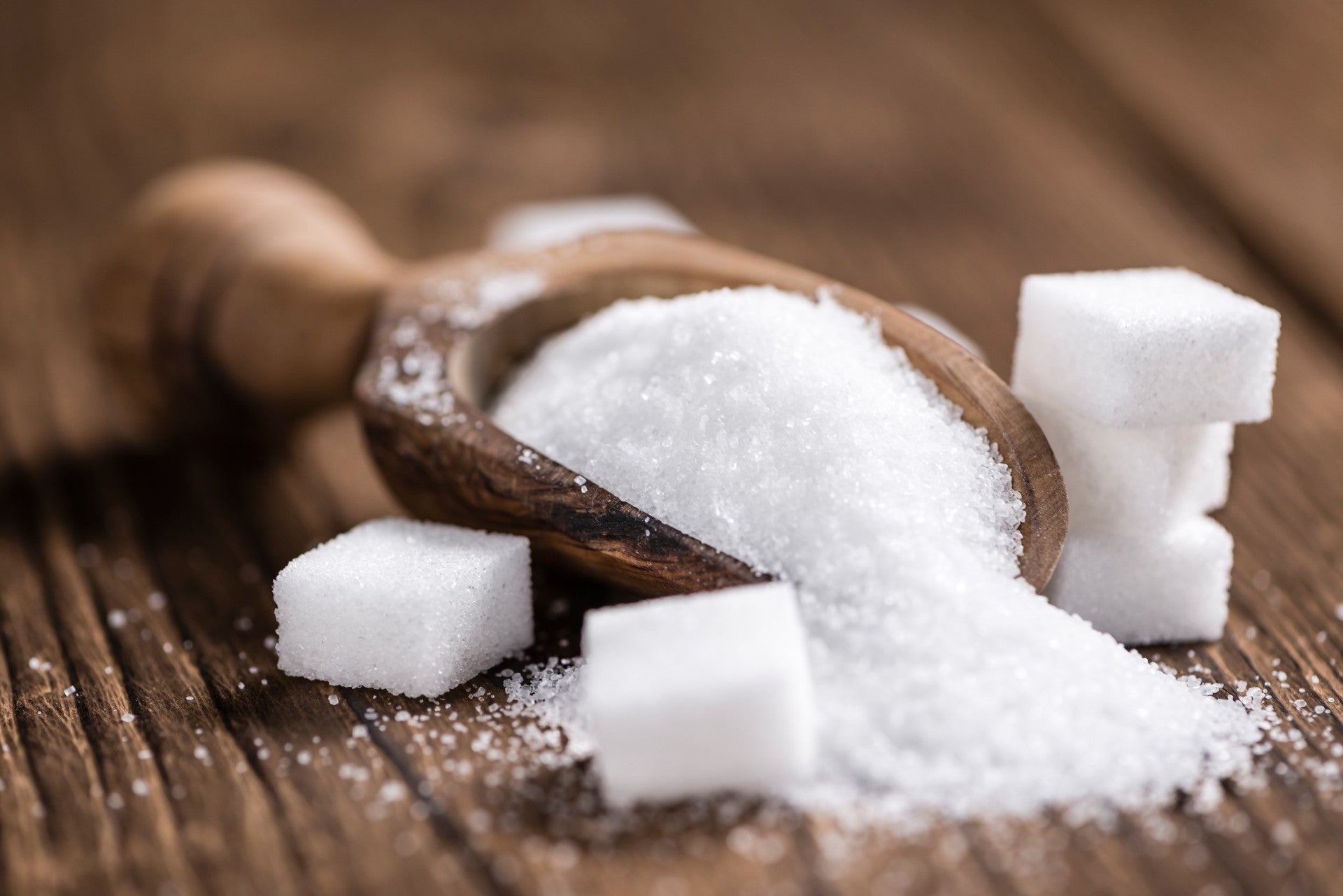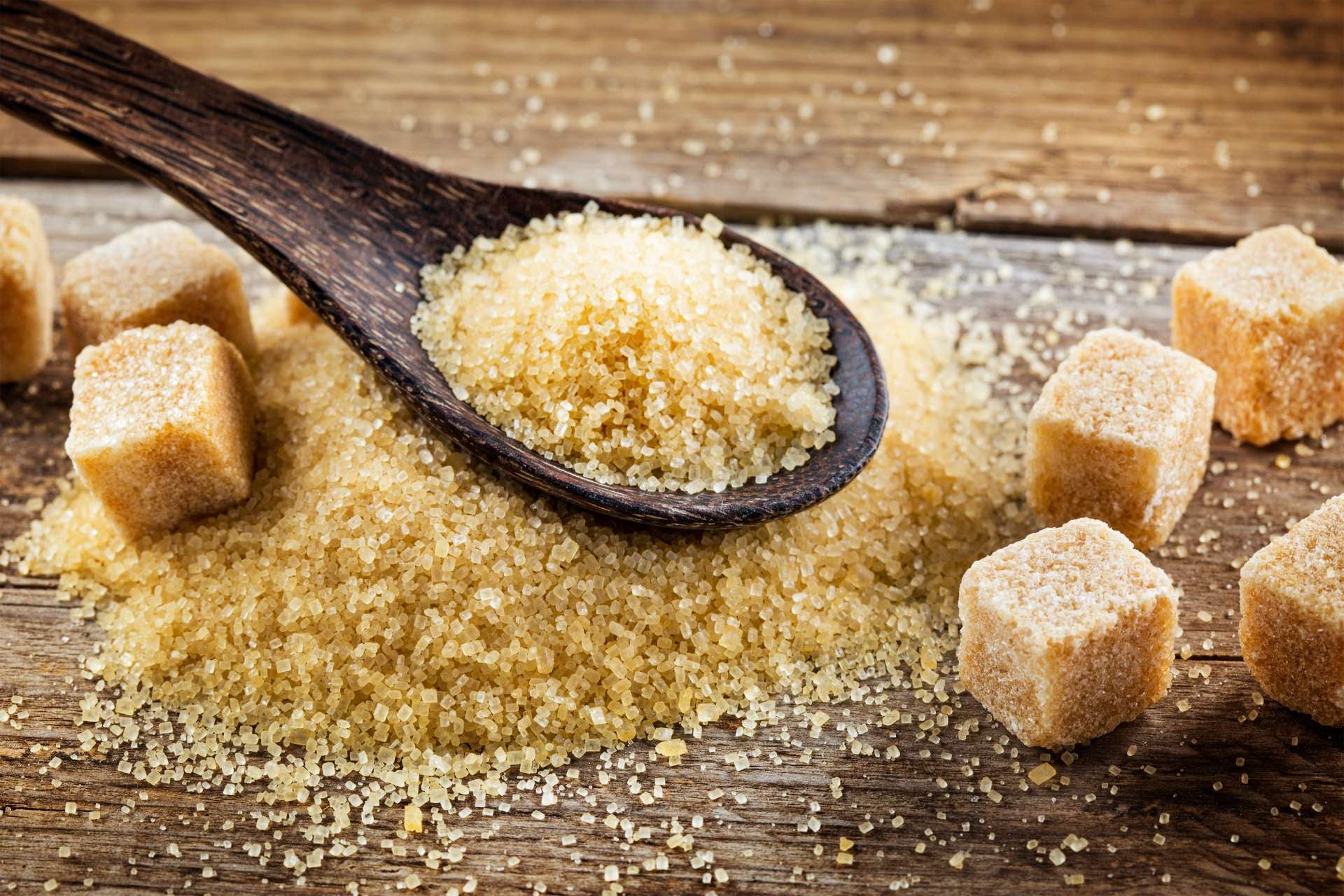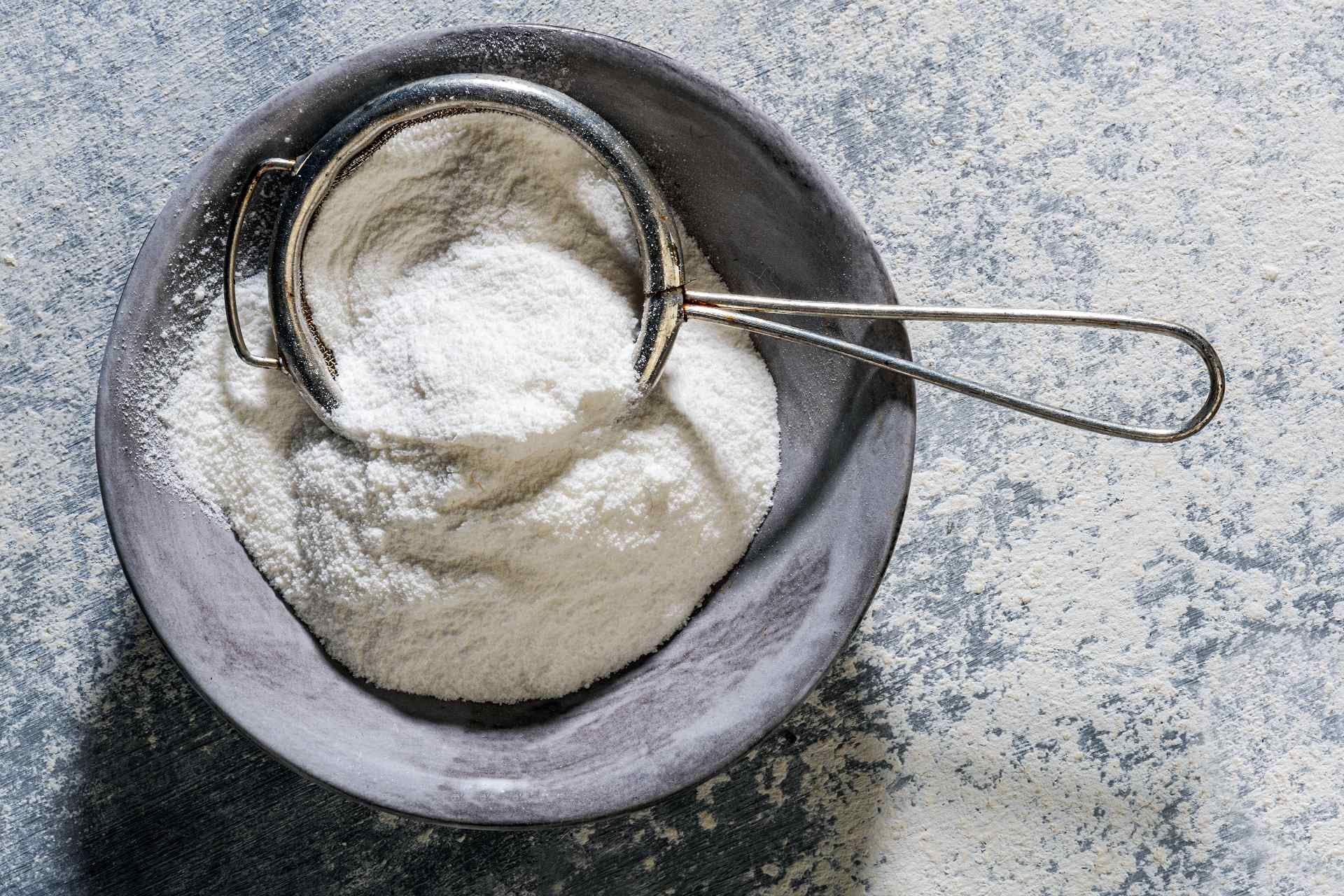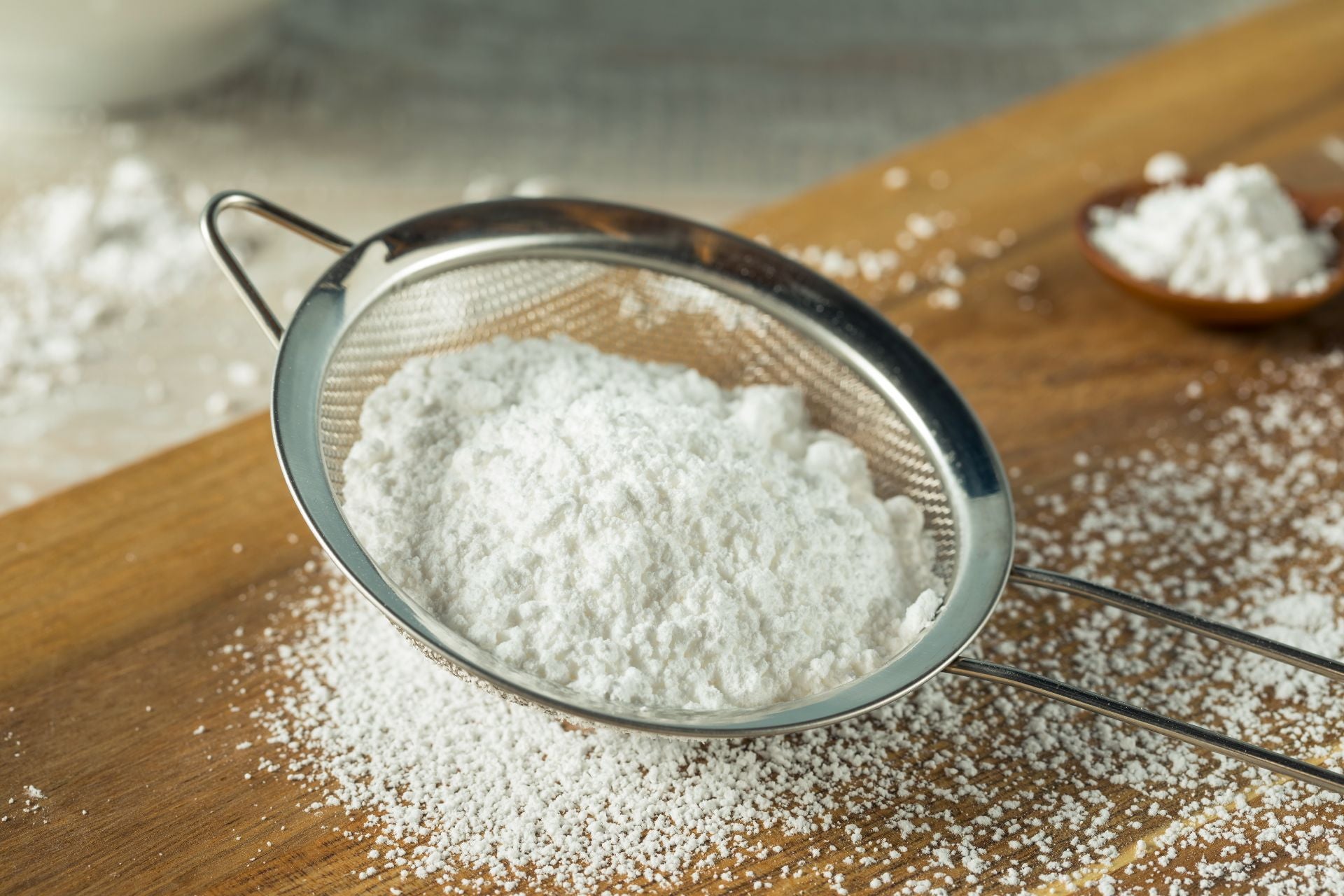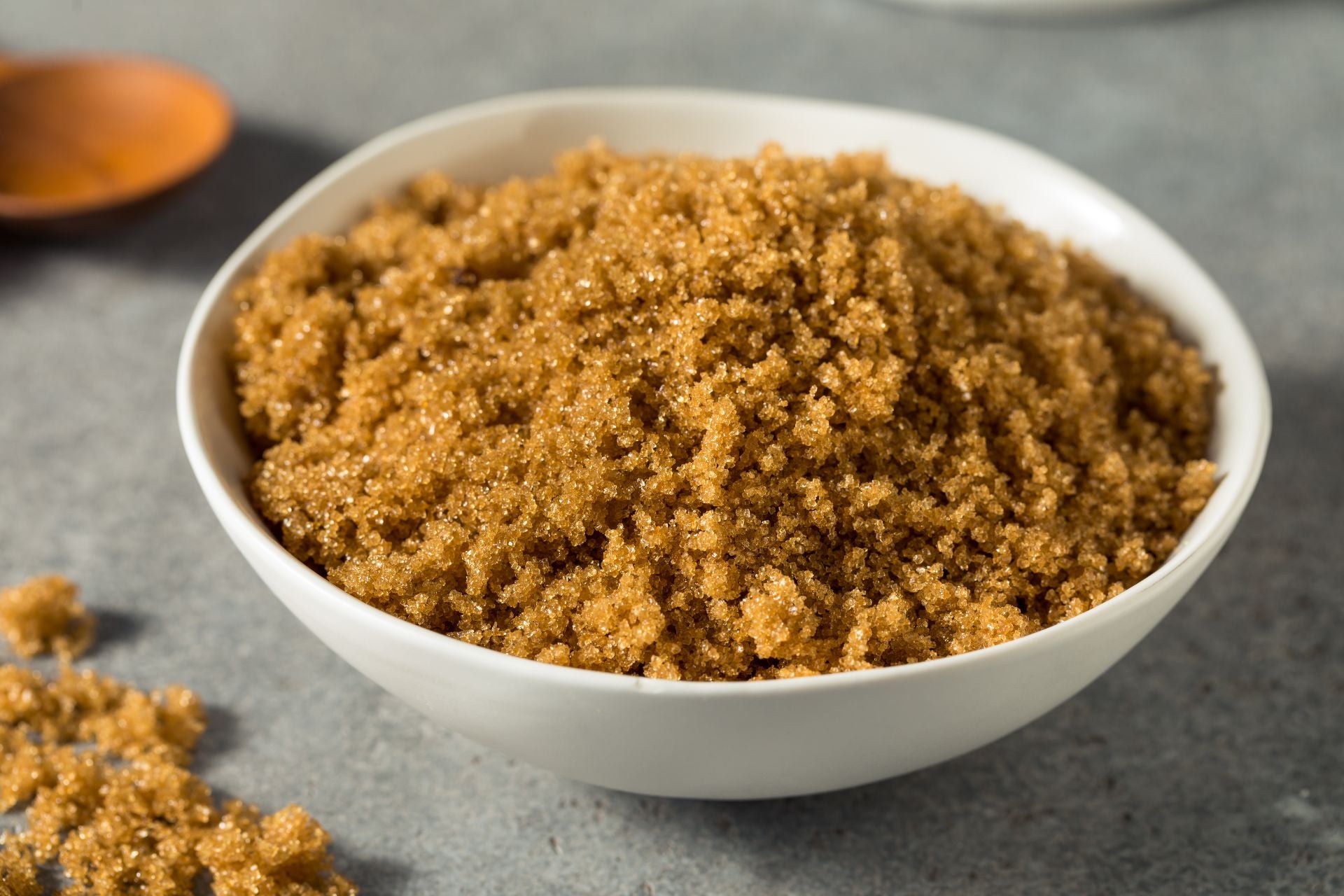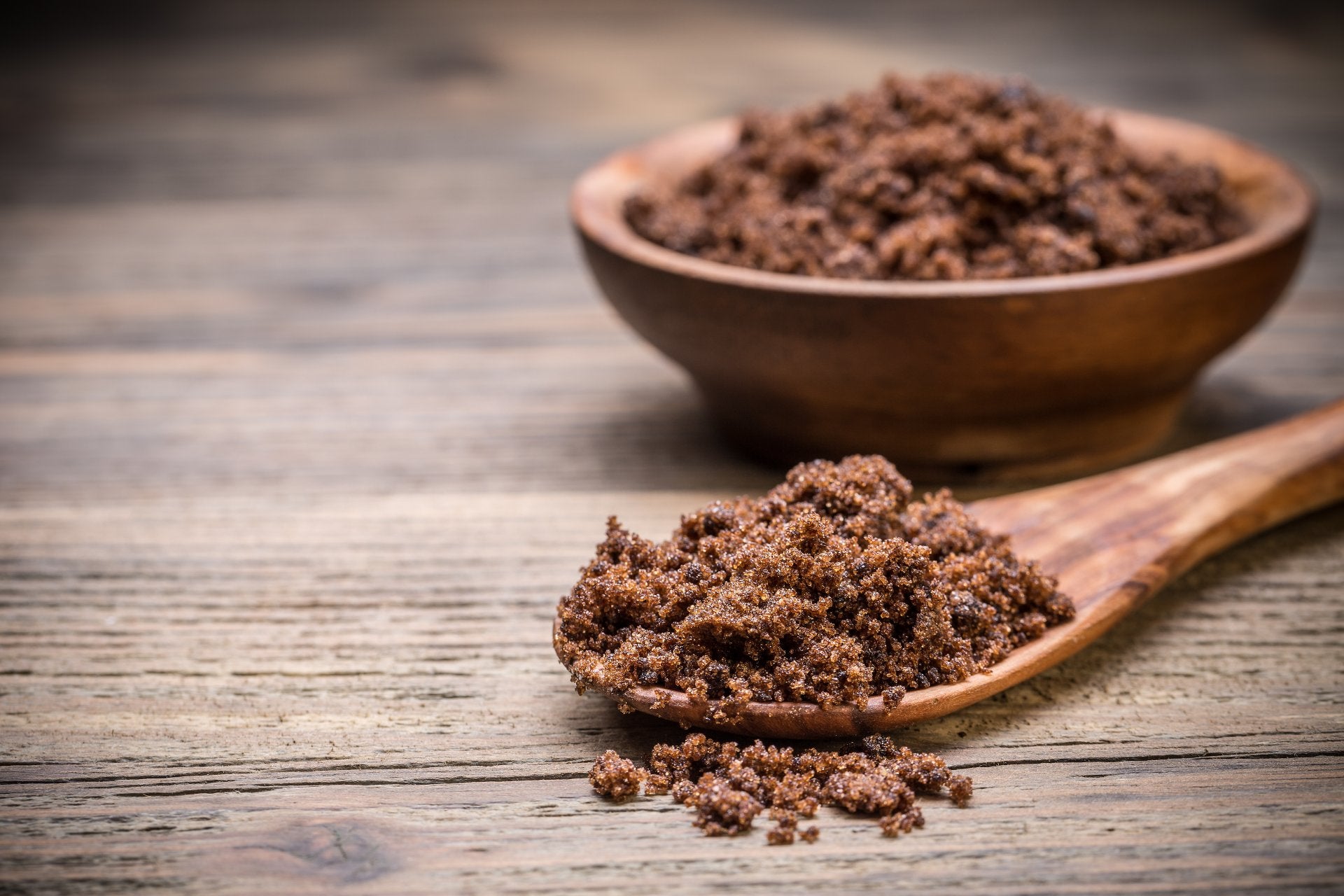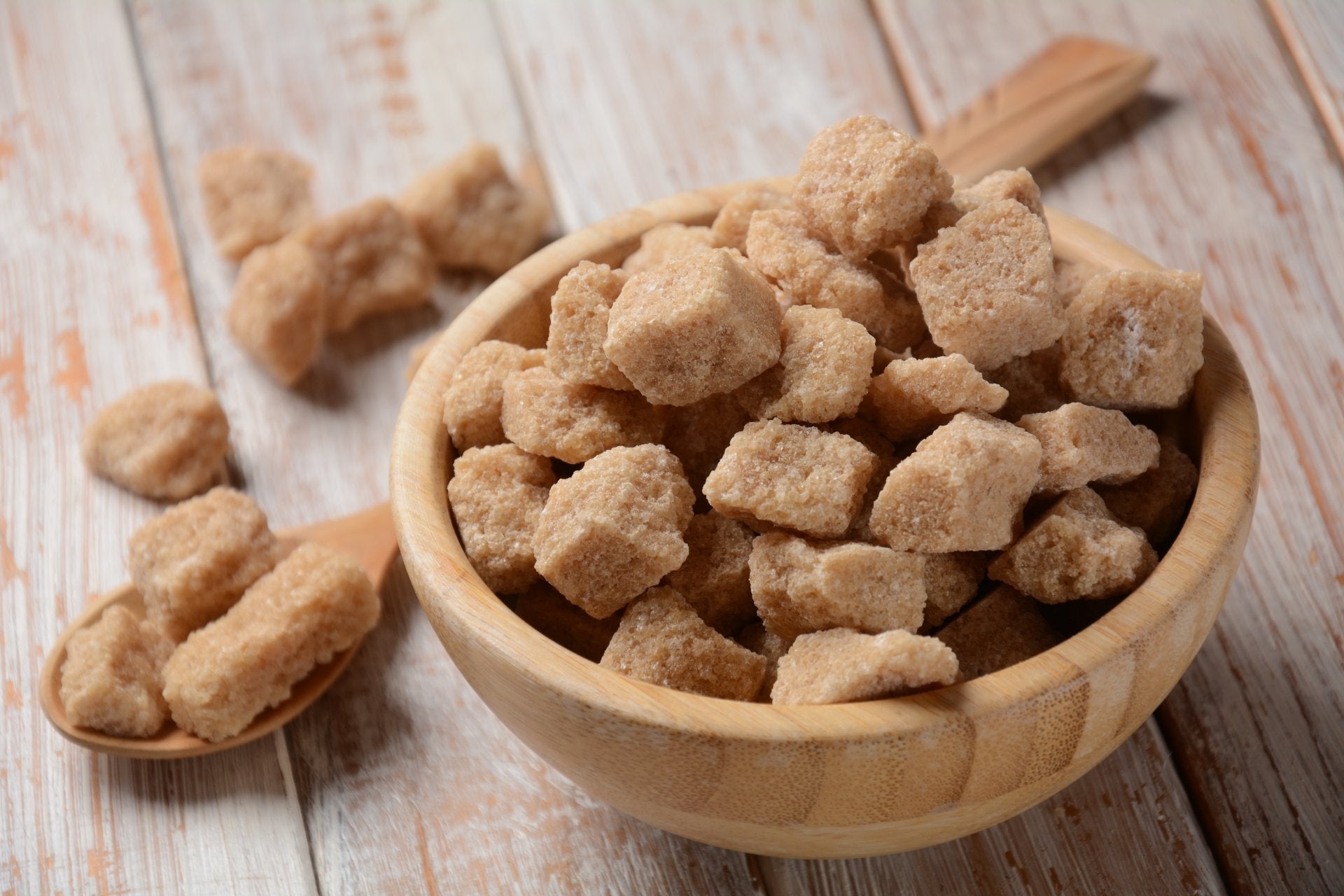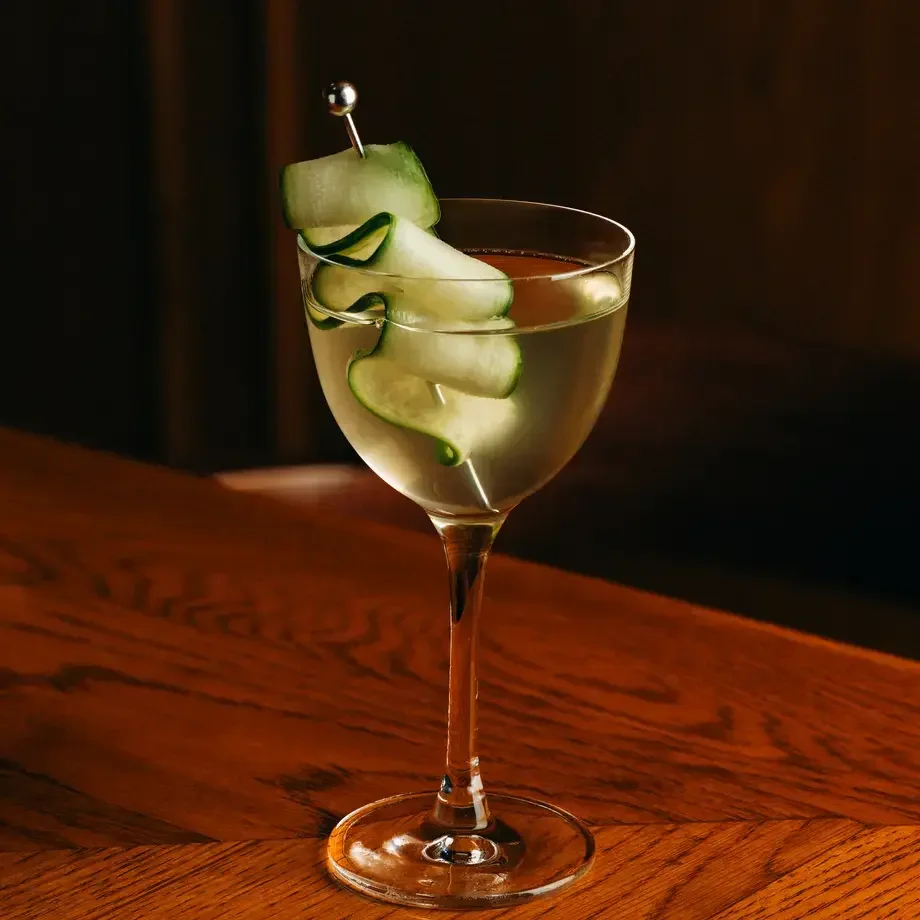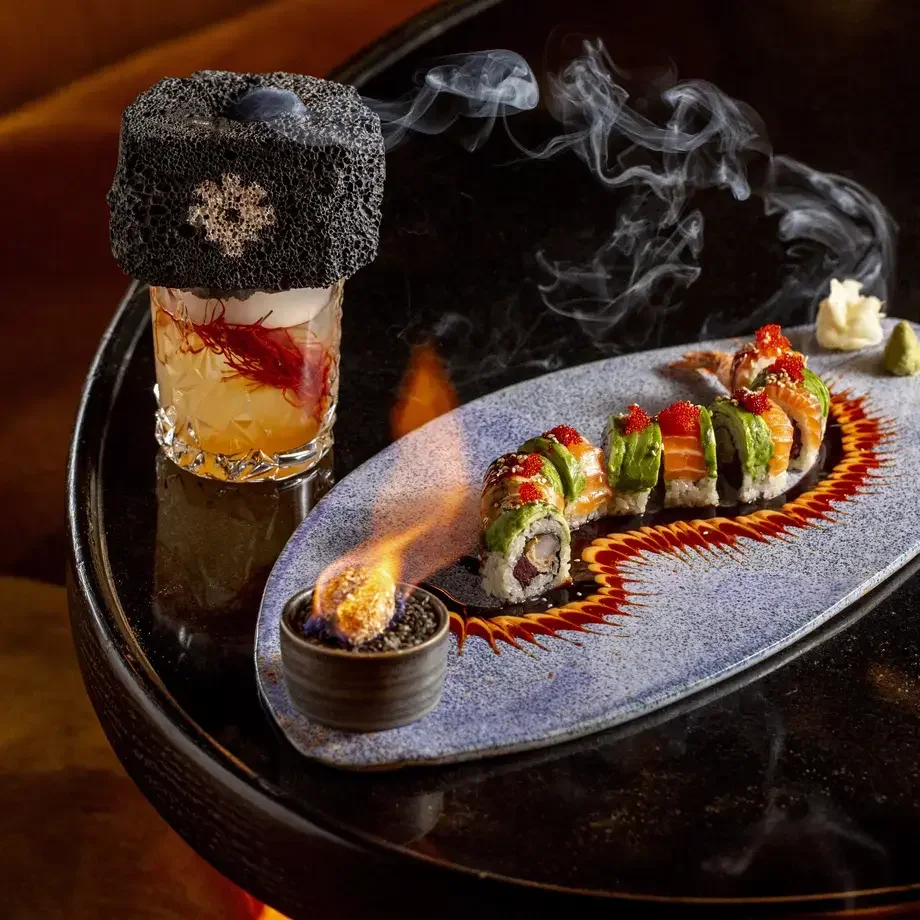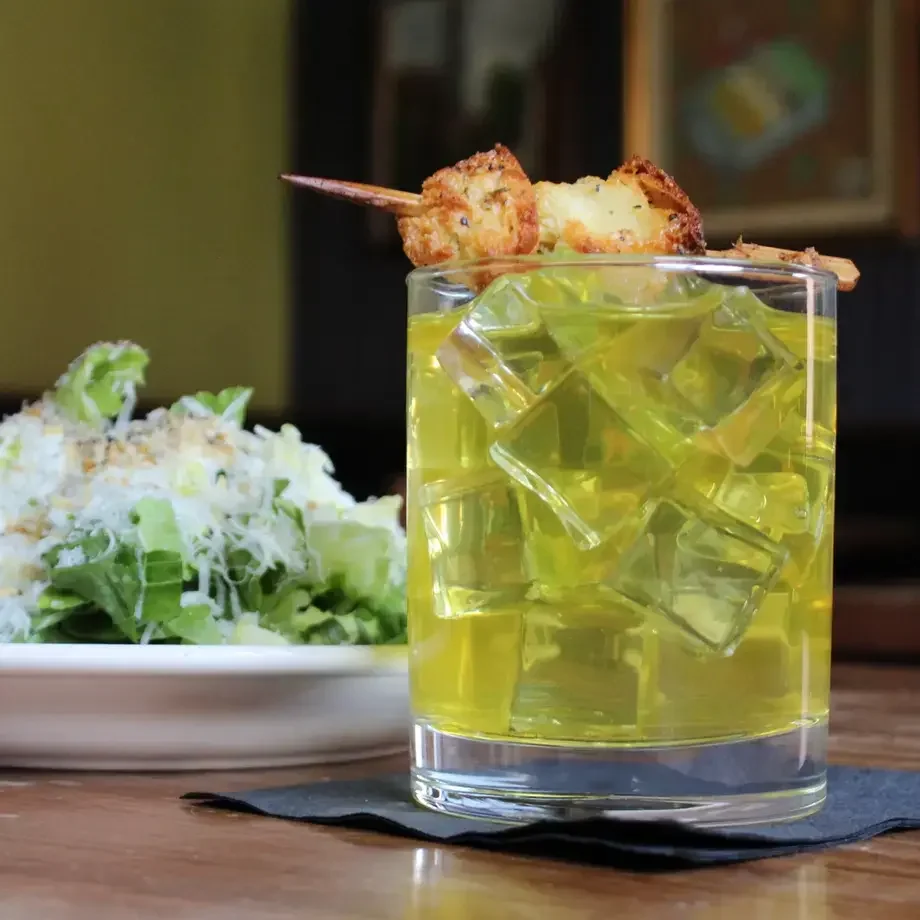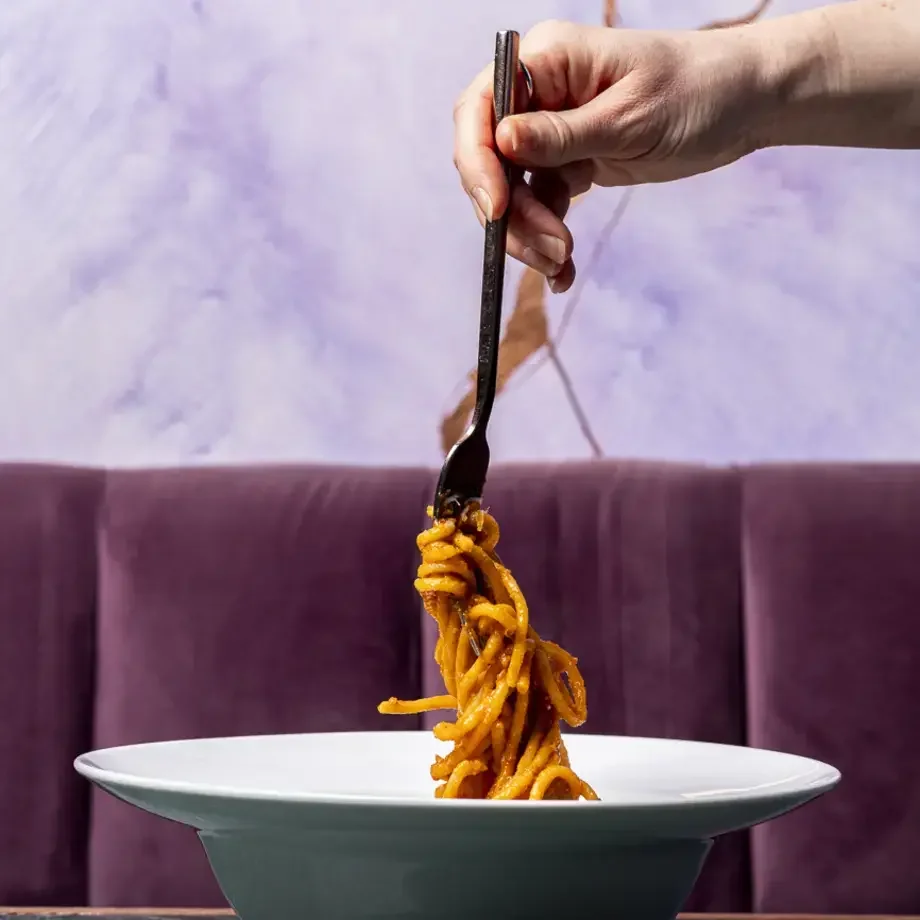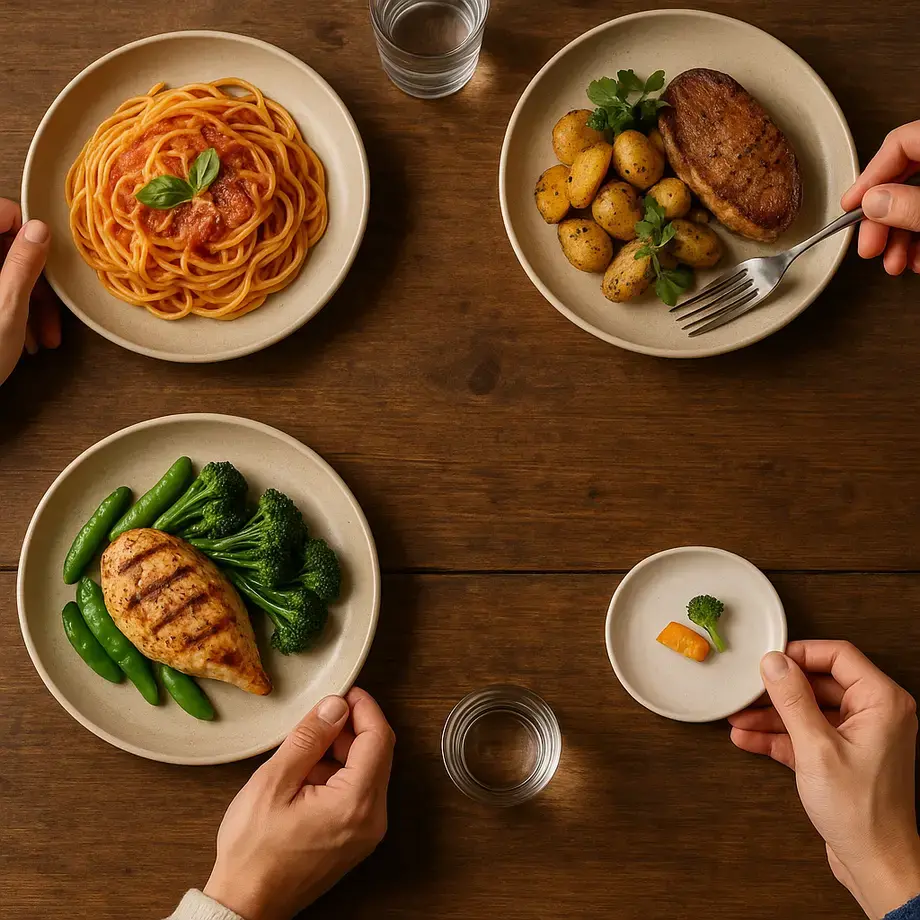Demerara sugar originated in the British colony of Demerara, now known as Guyana. It’s extracted from sugarcane and is minimally refined. It has large amber grains, a crunchy texture and a mild molasses flavour. You can use it to sweeten coffee or tea or as a topping on baked goods, like muffins, scones, cookies and cakes, or as a crunchy topper for desserts like crème brûlée.
Coconut sugar
Coconut sugar looks like brown sugar and has an unmistakeable caramel flavour. It is produced in Southeast Asia from the sap of coconut palms. Because it undergoes minimal processing, coconut sugar retains some natural vitamins and minerals, although you would need to eat large amounts (something not generally recommended with sugars!) to reap the benefits.
Turbinado sugar
Turbinado sugar is similar to demerara and is minimally processed to make it safe to consume. It has a blond colour, large crystals and a mild brown sugar flavour. Turbinado sugar has a subtle caramel taste and is often used to sweeten hot drinks or in baking. It also has a higher molasses content than other sugar varieties.
Liquid sugar
Liquid sugar is simply white granulated sugar that has been dissolved in water. It is primarily used in drinks or for other food products such as jams, marmalades, pickles and preserves. Liquid sugar can be made at home but may be a little cloudy – check to ensure all the grains of sugar have dissolved.
This article was updated on 3/04/2023.


